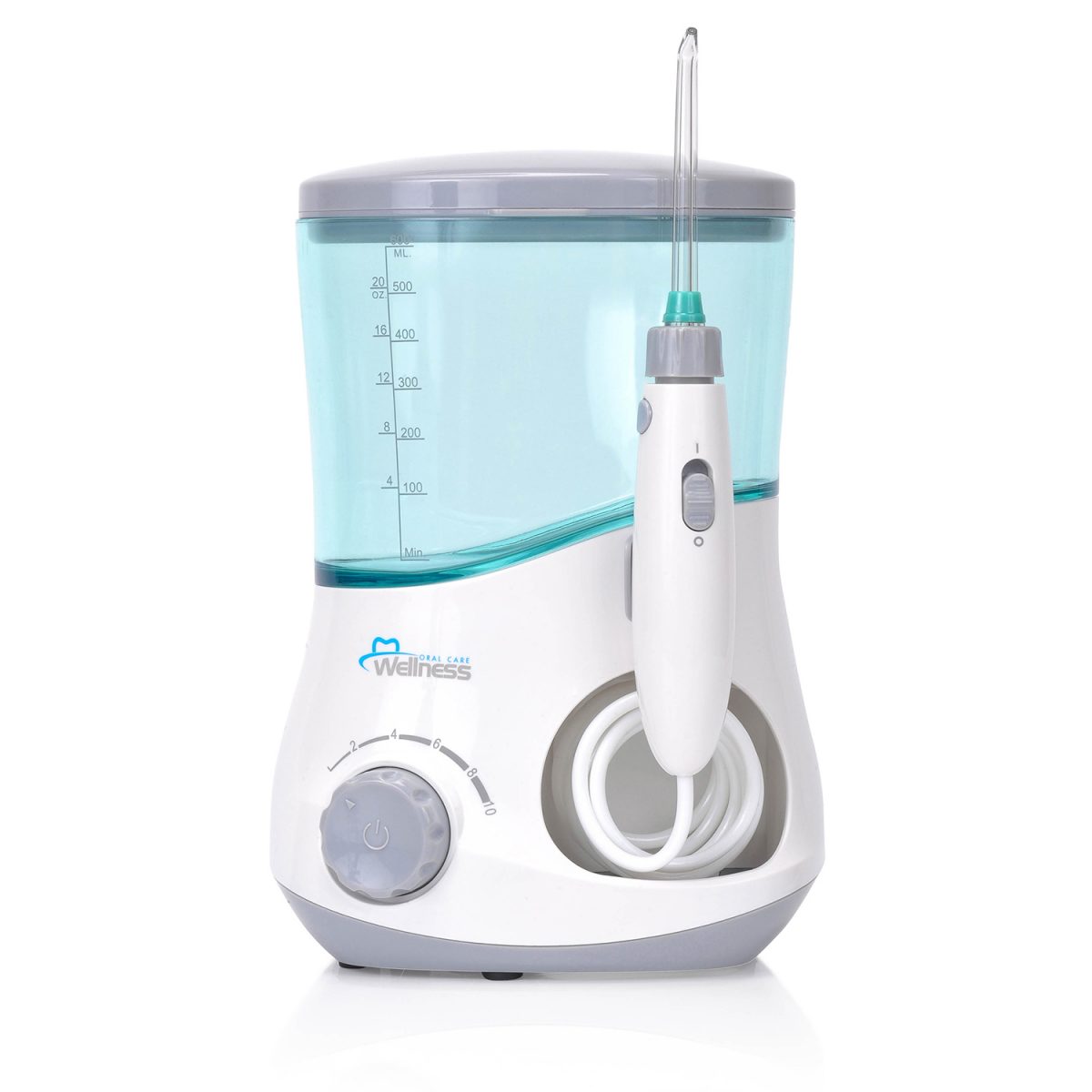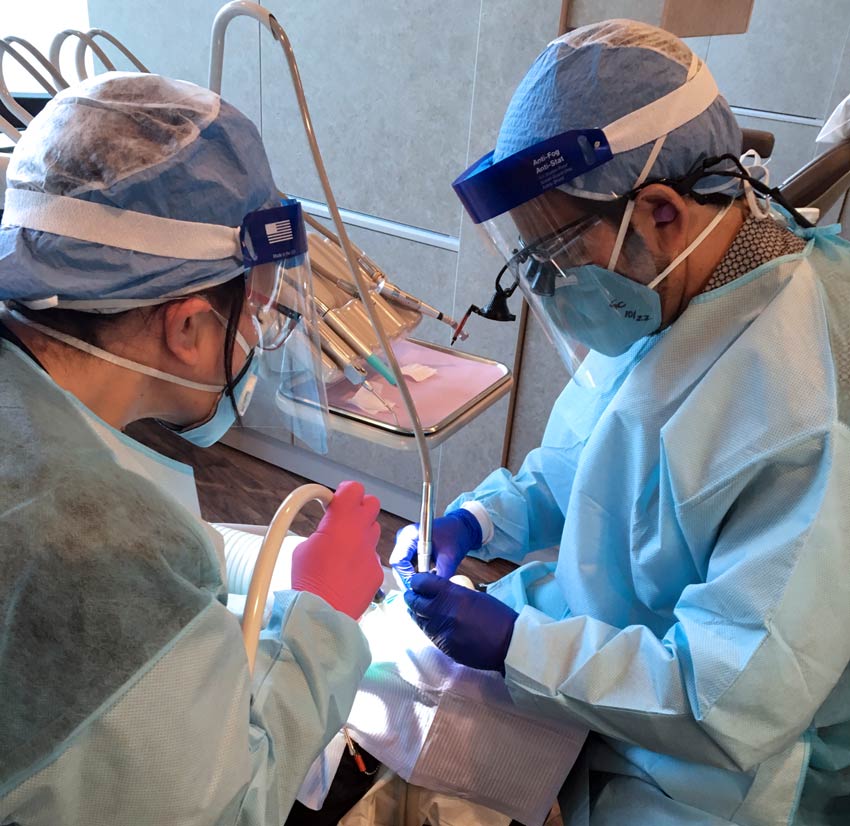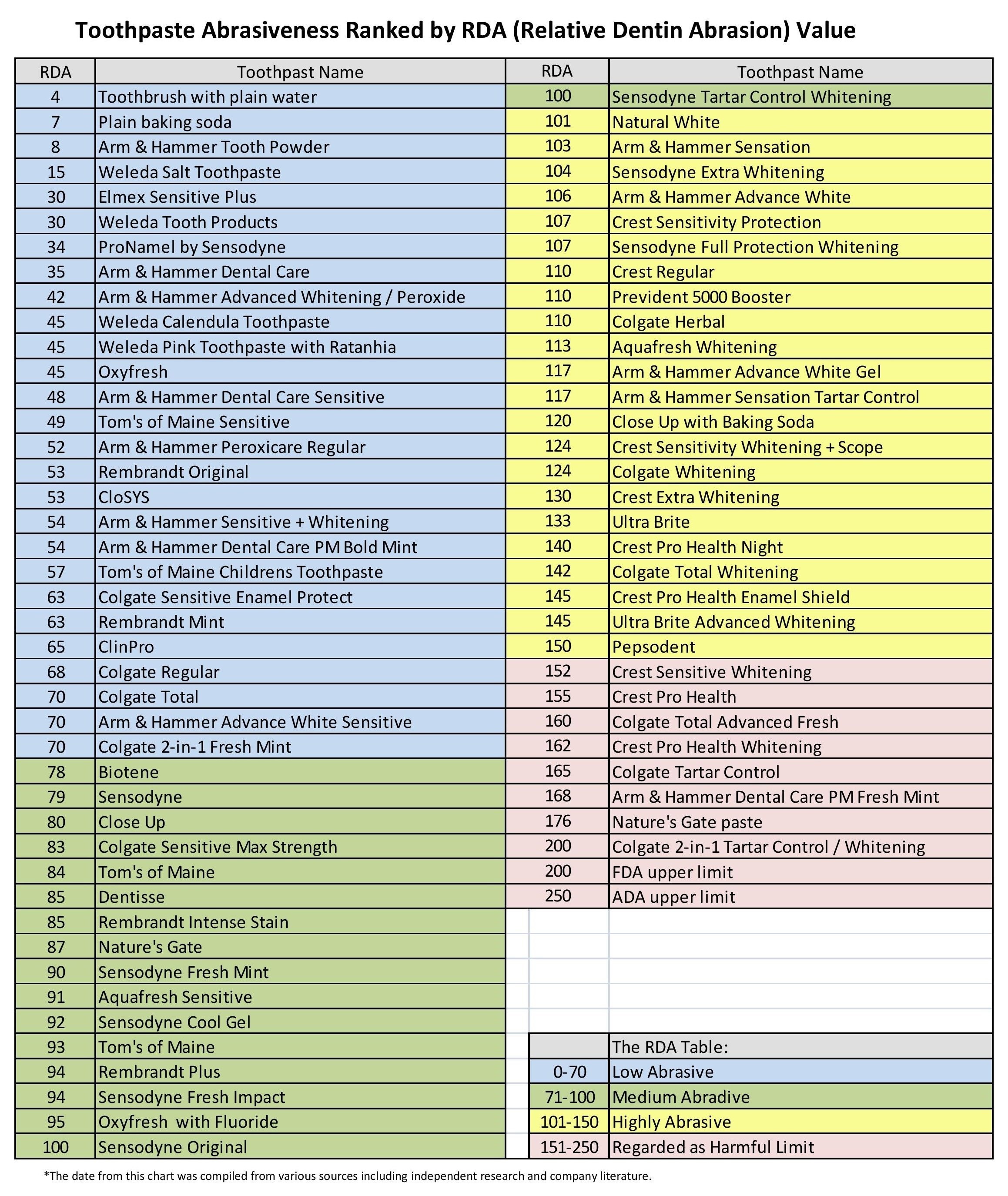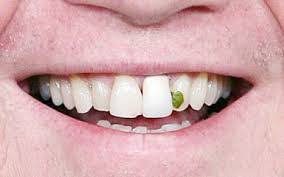By Jaime O’Neill DDS
For some people, regular brushing and dental flossing are enough to keep your teeth and gums healthy. But for many, it’s not enough. Food gets stuck in hard-to-reach places that even dogged flossing can’t touch.
That’s a problem since the longer food particles remain trapped between your teeth, the greater chance for decay to develop.
The best way to correct this issue is to use a water flosser. These machines direct a pulsating stream of water into the mouth. The pressurized water helps remove hard-to-reach food particles stuck between your teeth and can help remove plaque. The water also provides a healthy massaging of your gums, an added benefit.
Water flossing is particularly helpful for people wearing braces and other types of dental work like temporary or permanent bridges, when removing food particles is particularly difficult.
How Water Flossing Works
All water flossers basically work the same way. You fill the unit’s reservoir with warm water and determine the pressure setting, which controls the pace of the water flow. It’s usually a good idea to start with minimum pressure to get used to handling the water release tip and to make sure you’re not hurting your gums. As warranted, you can always increase the pressure.
The tricky part is getting used to closing your lips around the tip as you maneuver the water flow, starting at the back of your mouth and working your way to the front. The tip should be aimed just above the gum line. And you’ll want to pause briefly between each tooth to allow the water to flow into the sink.
Which Water Flosser to Buy?
There are a number of brands of flossers on the market that come in a variety of sizes and prices. Price often depends on features, such as one tip or multiple tips. You’ll want to check the posted reviews by people who have purchased the product. You can buy them on-line or in certain retail stores.
Size will be important depending on the space you have in your bathroom. You’ll need an electrical outlet near your sink and a flat place, also near your sink, for the unit to sit while you are flossing. You can always store it elsewhere while not in use.
Which ever unit you buy once you get used to it you will find it easy to use. You’ll also be amazed at the food particles removed you didn’t know existed. Your dental hygienist will notice the difference the next time you have your teeth cleaned. And you should have healthier gums and, hopefully, a decrease in tooth decay.
For more information on our practice and dental health tips visit: http://jaimeoneilldentistry.com/






